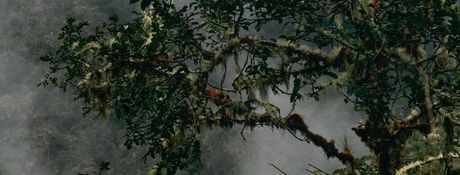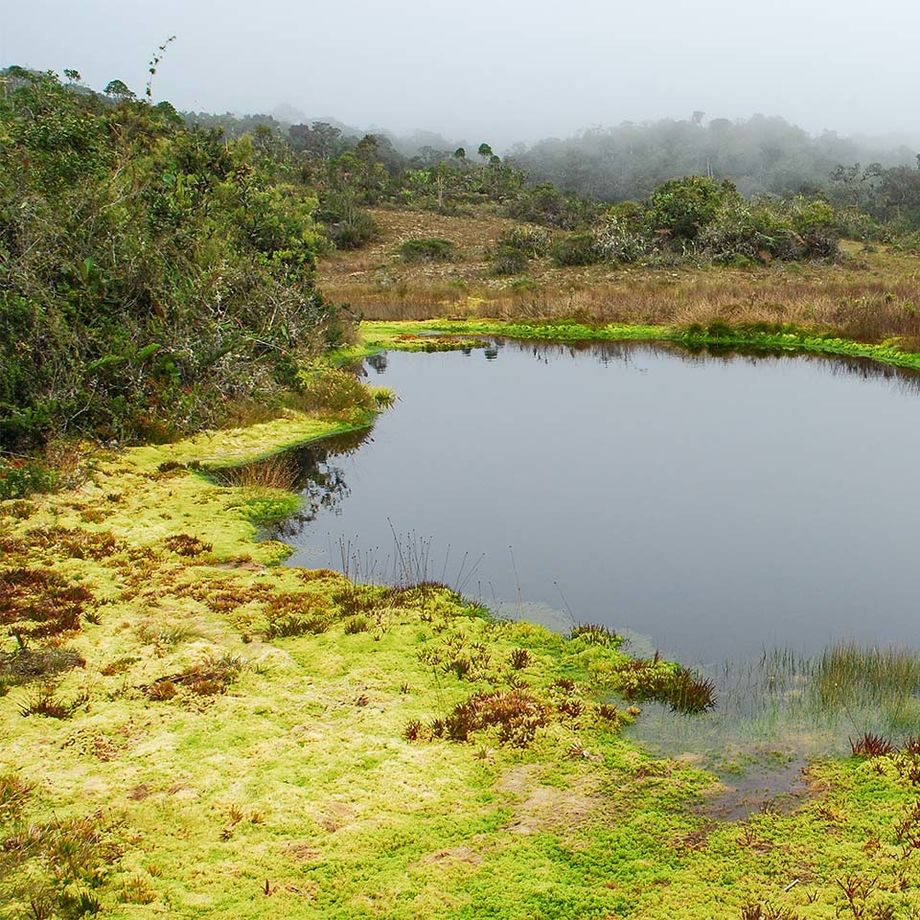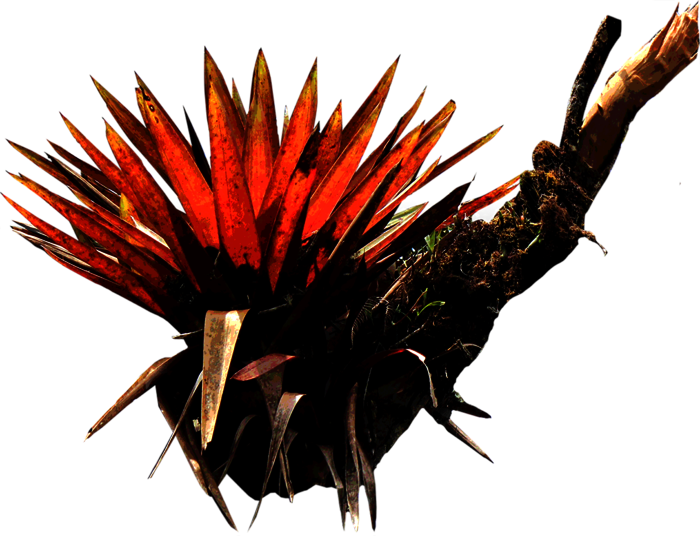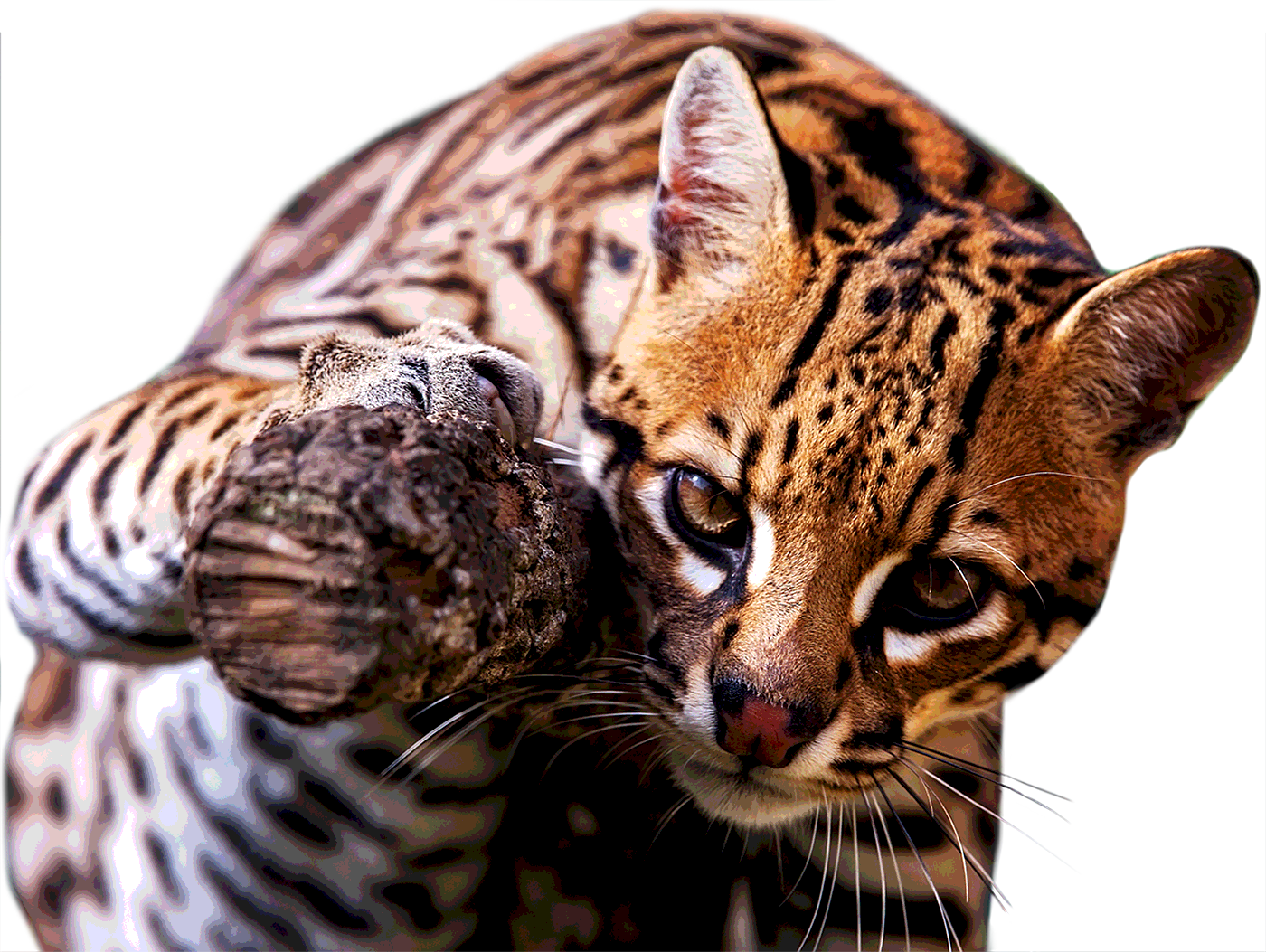Forest as tissue
The comparison with a Central European forest with its few tree species, which have also been cultivated by man for centuries, does not convey any idea of the rainforest in the mountains of Peru. Actually, the word fabric best describes what the forest looks like here. It is impenetrable. On a single square meter, even the layman discovers 10 different species of orchids, plus several species of ferns, fuchsias and lianas. A tangle of leaves, flowers, branches, shoots, tendrils and roots that the eye must first get used to. The smallest orchid grows on dead trees and is just three or four centimeters tall; the largest stands in the marshy soil by the river and measures three meters from ground to flower. And trees grow everywhere, five-meter-high tree ferns and palms, their roots and dead branches fallen to the ground making every step a balancing act.
Internet of the forest
Hidden in the soil and in dead plants, they are omnipresent: fungi. With their microscopic threads, they permeate the entire forest. One teaspoon of forest soil can contain several kilometers of this fungal tissue. Many trees have formed an alliance with a very specific type of fungus. The tree provides sugar solution to the fungus, the fungus provides nutrients to the tree and defends it against attack. For there are also killers among the fungi. They look for weak spots in the tree, for example, a small hole in the bark. There they penetrate and begin to feed on the tree, which then slowly dies. All the trees in the rainforest are connected to each other by the fungal threads in the soil. They exchange nutrients and information through this network: The fungi are the JWW - the jungle wide web, without which no jungle can survive.



